
EU EN IEC 62680-1-3:2021 Standard Testing
Directive Issuance
On December 7, 2022, the EU officially issued the revised directive Directive (EU) 2022/2380 regarding common chargers, supplementing the implementation measures of the universal charging interface stipULated in Directive 2014/53/EU Article 3.3(a).
Implementation Date
The new directive will be mandatory in all EU member states from December 28, 2024. For laptop devices, the requirements will be mandatory from December 28, 2026. New devices entering the EU market after the mandatory date must comply with this directive.
CoveRED Devices
This revised directive covers the following 13 types of wireless devices:
1. Handheld mobile phones
2. Tablets
3. Digital cameras
4. Headphones
5. Headsets with MICrophones
6. Handheld videogame consoles
7. Portable speakers
8. E-readers
9. Keyboards
10. Mice
11. Portable navigation systems
12. Earbuds
13. Laptops
According to the new directive, the above 13 types of devices must be equipped with a USB Type-C charging interface compliant with the EN IEC 62680-1-3:2021 standard and can be charged using a cable compliant with the same standard. Devices that support fast charging should support the USB PD protocol compliant with EN IEC 62680-1-2:2021.
Additionally, consumers and users can choose to purchase devices without bundled chargers. Manufacturers or sellers should indicate on the packaging whether the product includes a charger and specify the required charger power range and supported fast charging protocols.
Key Points of the New Directive
1. Adjusted the original Article 3.3(a) and added Article 3.4 to supplement specific implementation requirements for the universal charging interface.
2. Updated the responsibilities and obligations of manufacturers, importers, and distributors.
3. The 13 types of products mentioned must have a USB Type-C charging interface compliant with EN IEC 62680-1-3:2021 and can be charged using a cable compliant with the same standard. Devices that support fast charging should comply with the USB PD (Power Delivery) protocol standardized by EN IEC 62680-1-2:2021.
4. Wireless communication devices sold in the EU market can choose whether to include a charger. The user manual, external packaging, or label should indicate the type and configuration of the charger in a readable and visible manner. The following is a label diagram (proportionally scaled), with "a" no smaller than 7mm.
Product with Charging Head:
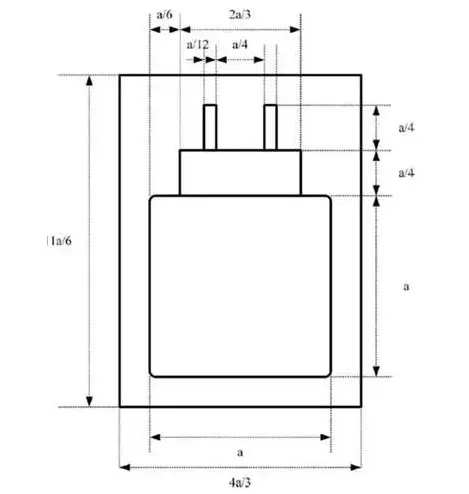
Product without Charging Head:
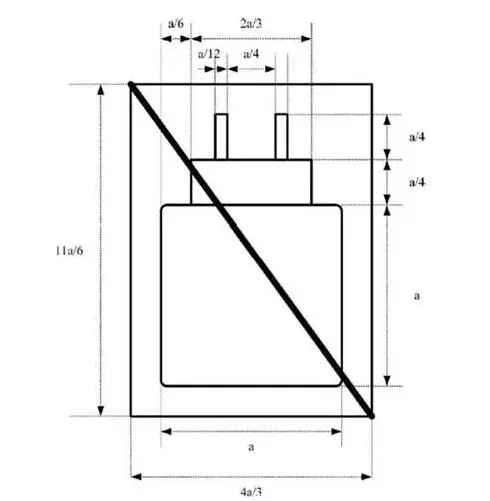
The label should reflect the battery charging specifications. Below is the label diagram (proportionally scaled), with "a" no smaller than 7mm.
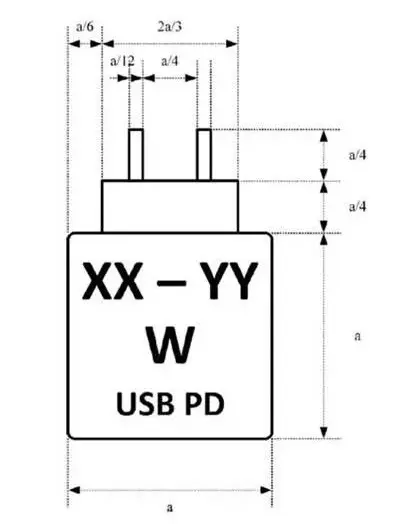
XX represents the minimum power required for the wireless device battery charging. This number determines the minimum power needed for the charger to charge the wireless device.
YY represents the maximum power required for the wireless device to achieve optimal charging efficiency. This data confirms the minimum output power the charger must provide to achieve maximum charging speed.
When the charger supports USB PD (charging power exceeds 5V, current exceeds 3A, or output power exceeds 15W), it must be indicated as "USB PD."
Impact on DNS Products
1. No impact on separately sold chargers and cables.
2. For bundled products, if the terminal device is within the 13 categories regulated by Directive (EU) 2022/2308, the terminal device, cable, and charger must meet the directive requirements.
3. Special Reminder: TWS earphones + USB Cable are within the scope of Directive (EU) 2022/2380:
a. The charging box Type-C port needs to meet IEC 62680-1-3, no requirements for the earphone charging port.
b. The charging box USB-C female port only accepts 16-pin or 24-pin, and the USB cable USB-C male end can accept 9, 12, 14, 16, 22, or 24-pin and must meet the 62680 requirements.
c. The USB Cable included with the device does not have to be a USB-C to USB-C cable; it can be a USB-C to USB-A cable.
4. Wireless portable speakers (such as portable Bluetooth speakers), wireless mice, and wireless keyboards are also within the scope of Directive (EU) 2022/2308.
JJR Laboratory in China
JJR Laboratory is an IEC 17025 accredited laboratory in China, offering EN IEC 62680-1-3:2021 standard testing services for EU electronic products, providing lower testing costs.
Email:hello@jjrlab.com
Write your message here and send it to us
 What is Amazon TIC and How Can Sellers Achieve Com
What is Amazon TIC and How Can Sellers Achieve Com
 2026 Battery UN38.3 Certification (Test Report) &a
2026 Battery UN38.3 Certification (Test Report) &a
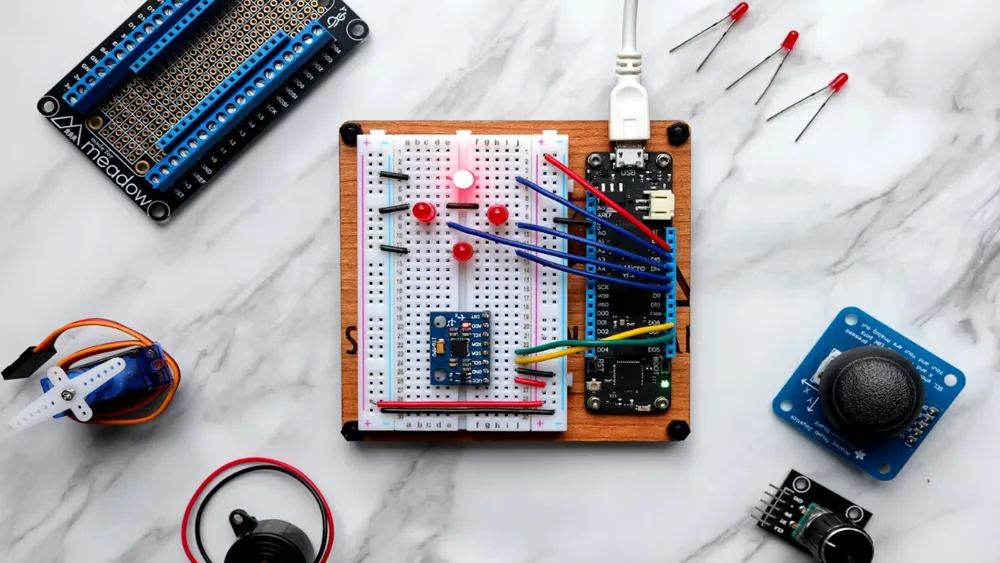 What is the IEC 62680 Standard? Compliance Interpr
What is the IEC 62680 Standard? Compliance Interpr
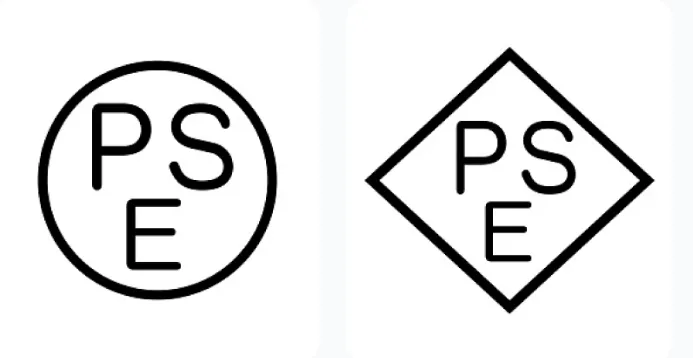 Amazon Japan December Compliance Requirements
Amazon Japan December Compliance Requirements
 How to Check a CPSC-Accepted Laboratory?
How to Check a CPSC-Accepted Laboratory?
 WEEE Registration for Waste Electrical &Electr
WEEE Registration for Waste Electrical &Electr
 MSDS Chemical Safety Testing
MSDS Chemical Safety Testing
 What Are the Differences Between UK REACH and EU R
What Are the Differences Between UK REACH and EU R
Leave us a message
24-hour online customer service at any time to respond, so that you worry!




